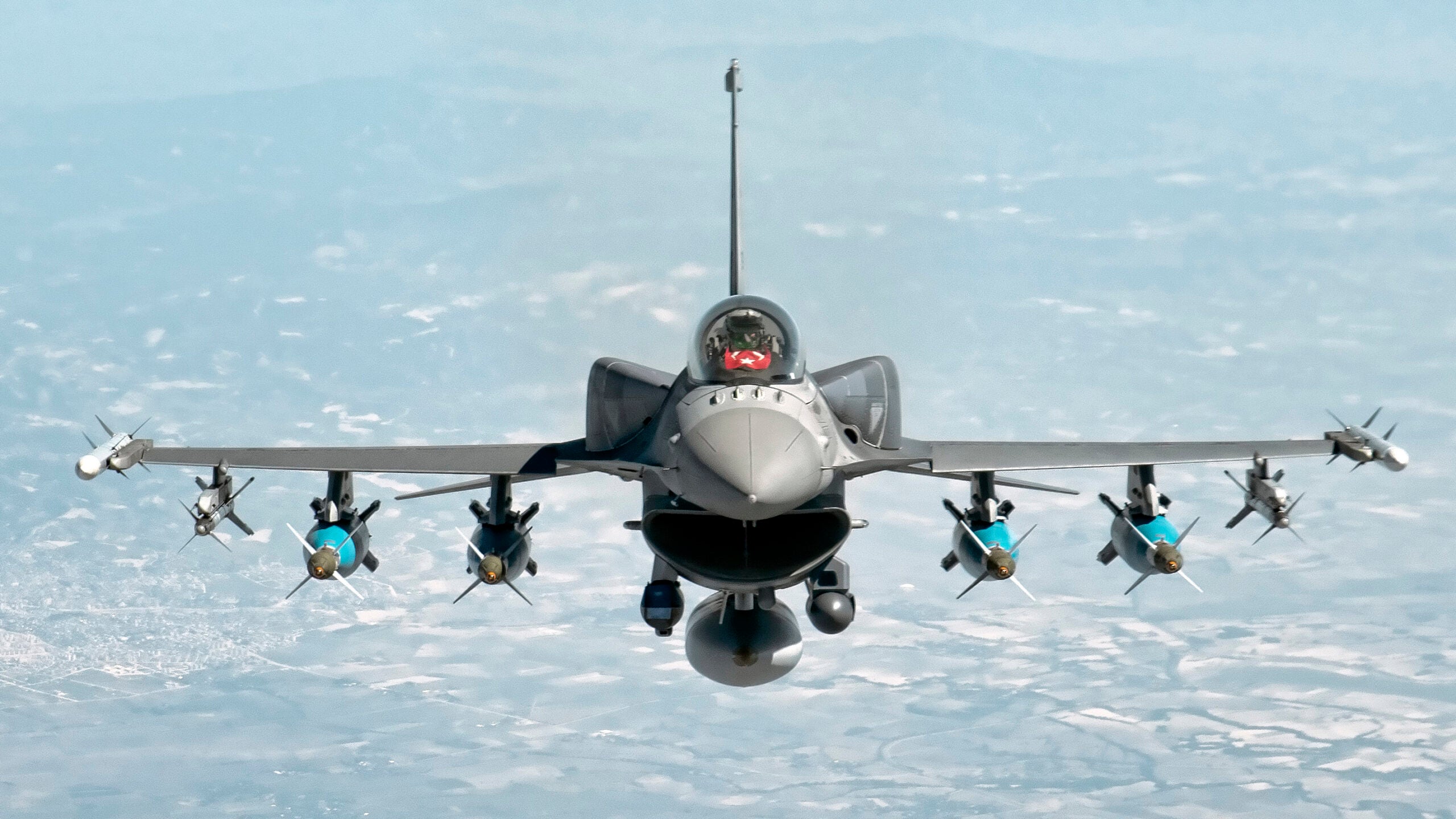After more than three decades of service, the Turkish Air Force’s F-16 Viper fleet is perhaps more important than ever. A structural improvement program is underway to ensure these fighter jets can remain in service even longer. The Vipers will fill the gap left by Turkey’s ejection from the F-35 Joint Strike Fighter program and the pending arrival of an indigenous replacement, the TF-X.
Ismail Demir, head of Turkey’s Presidency of Defense Industries, also known by the Turkish acronym SSB, recently confirmed via Twitter that work is continuing on structural improvements for some of the oldest F-16s in the Turkish Air Force inventory, namely the Block 30 jets that began to be delivered in 1987. SSB is responsible for managing the country’s arms manufacturing and military procurement.
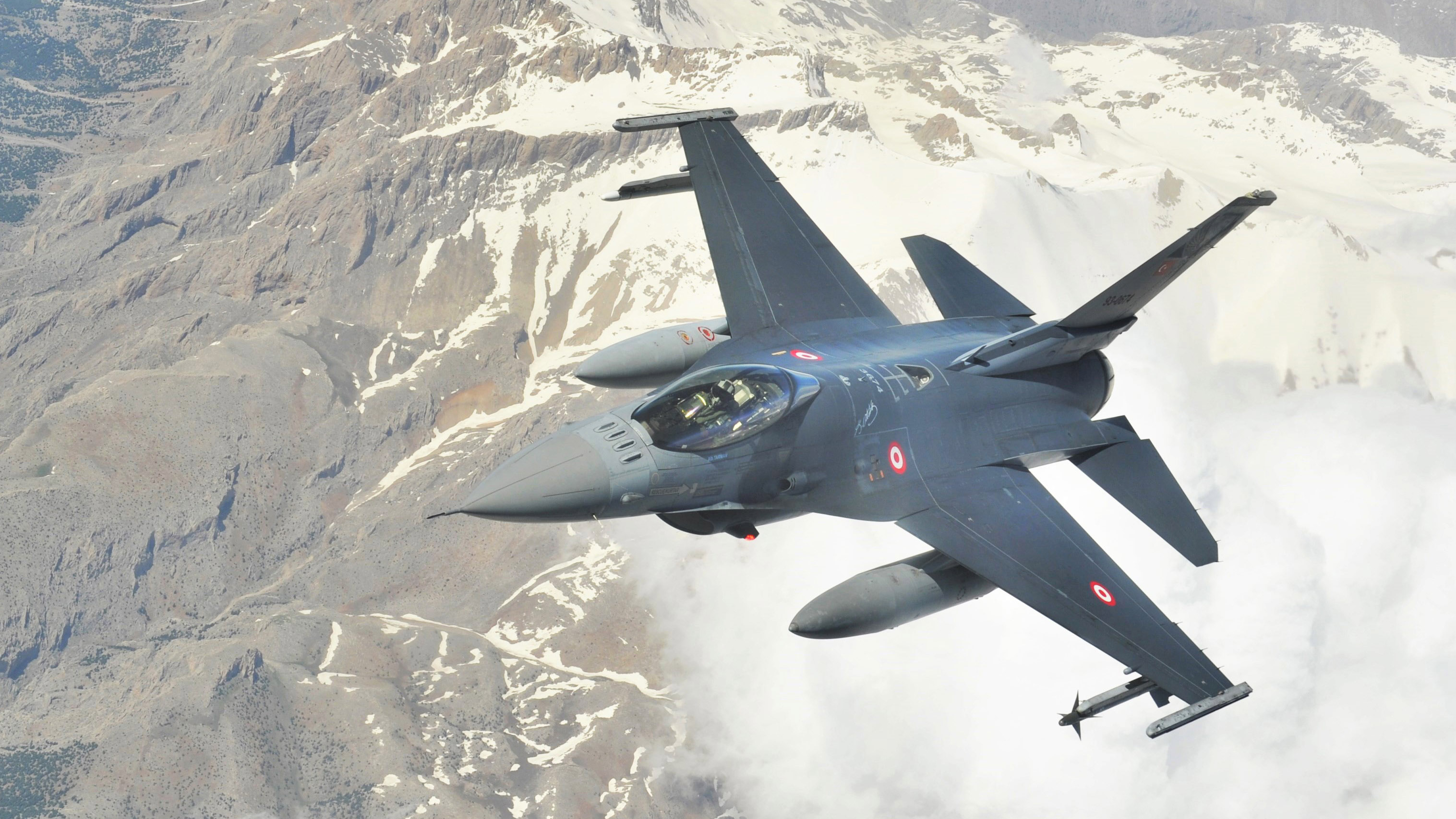
“In the project, where engineering works are carried out for the renovation and revision of 1,200 to 1,500 structural parts per aircraft, repair, and replacement and fuselage reinforcement applications are carried out where necessary,” Demir explained. “We aim to increase the structural life of our F-16 aircraft, the main striking element of our air force, from 8,000 hours to 12,000 hours.”
The lifespan of 12,000 hours is interesting in itself since it mirrors exactly the aims of the Service Life Extension Program that the U.S. Air Force has embarked on to increase the lifespan of up to 300 of its own F-16s. That initiative is intended to keep the jets flying until nearly 2050.

The third-largest F-16 fleet in the world, behind only those of the United States and Israel, Turkey’s Vipers have repeatedly proven their worth in combat operations and any replacement for them is some way off. It’s for these reasons that the F-16s are continuing to receive this service-life extension, performed by the domestic firm Turkish Aerospace, formerly known as Turkish Aerospace Industries (TAI).
Exactly how many jets are being processed is unclear. In the past, it was reported that the structural life-extension work covered all 35 surviving Block 30s, with work beginning in 2018. Under this program, Lockheed Martin was supplying upgrade kits, while Turkish Aerospace would complete the modifications and undertake testing prior to their return to the Turkish Air Force.
However, Defense News recently reported that an upgrade program has now been extended to cover “more than 160 F-16 Block 30/40/50 aircraft.” This is from a total of 270 F-16s of all versions that were delivered to Turkey, minus any attrition. According to data provided by Flight International’s
World Air Forces 2020 publication, Turkey currently has 245 F-16s of all types in service.
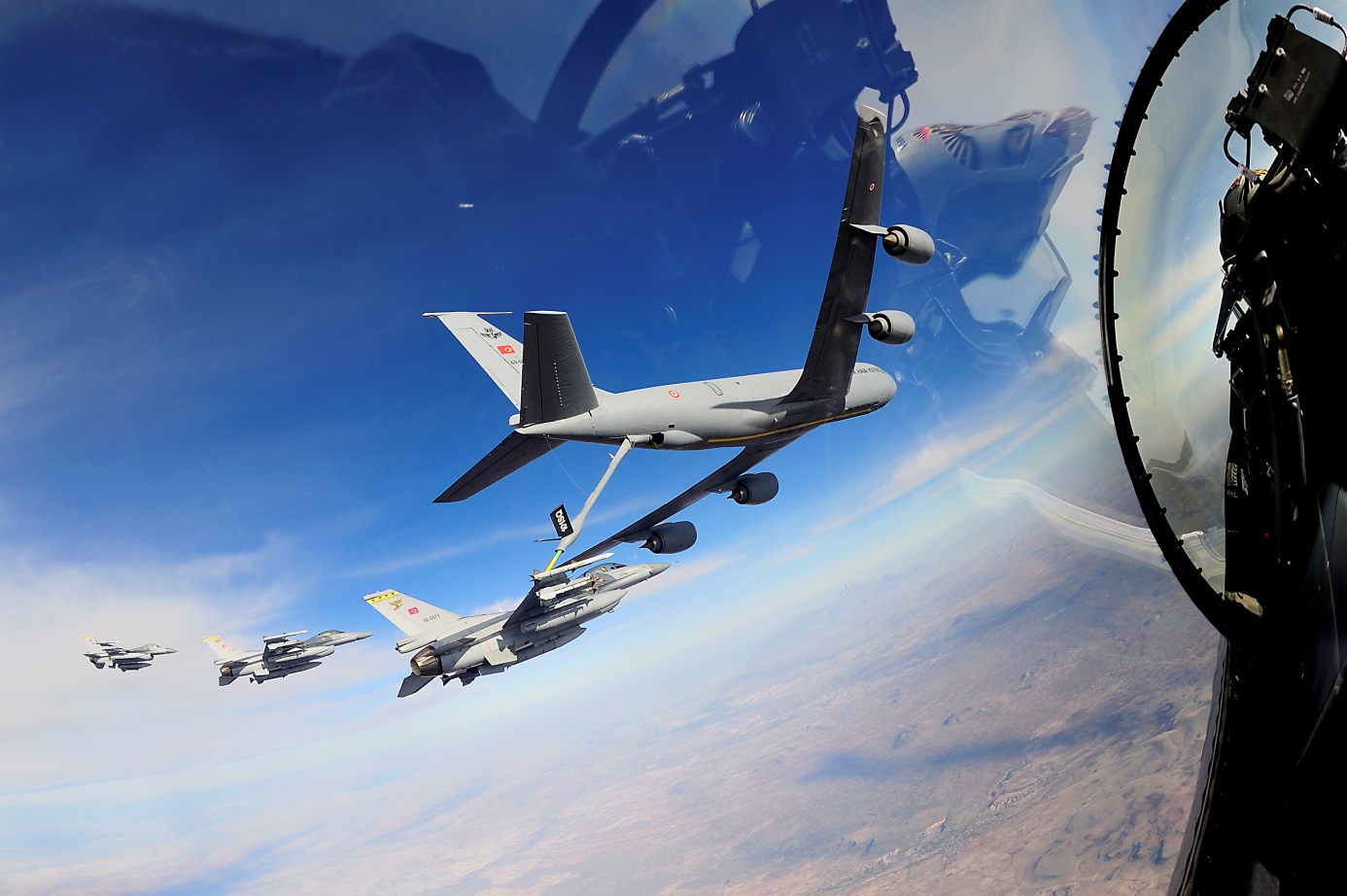
It could also be the case that the figure of “more than 160” relates to a separate modernization program, which was reportedly performed on 163 Block 40/50 jets. This effort provided those jets with the Common Configuration Implementation Program (CCIP) upgrade, which you can read more about below, and which was completed in 2015.
The Turkish F-16 saga
The very earliest Block 30 jets that were earmarked for the structural life-extension work were delivered under the Peace Onyx I Foreign Military Sales (FMS) program, after Ankara selected the F-16C/D as its new fighter in 1984 and ordered 160 examples. From the start, Turkish industrial cooperation was built into the program and what was then TAI was contracted to assemble 152 of the F-16s, being responsible for 70% of each of the jets, including the center/aft fuselage and wings. The jets’ General Electric F110 engines were also assembled locally.
From the Peace Onyx I aircraft, the first 43 were completed to Block 30 standard, while the remaining 117 were Block 40s that could be fitted with LANTIRN pods for navigation and targeting, providing a day/night and all-weather attack capability. Deliveries were completed in 1995.
A contract for Peace Onyx II was signed in 1992, even before the first batch of 160 Vipers had been delivered and covered another 40 F-16C/Ds, now of the more advanced Block 50 configuration, to be assembled by TAI. Funding for this project came from Kuwait, Saudi Arabia, the United Arab Emirates, and the United States, in recognition of Turkey’s support during the 1991 Gulf War. The final jet was handed over in 1997.
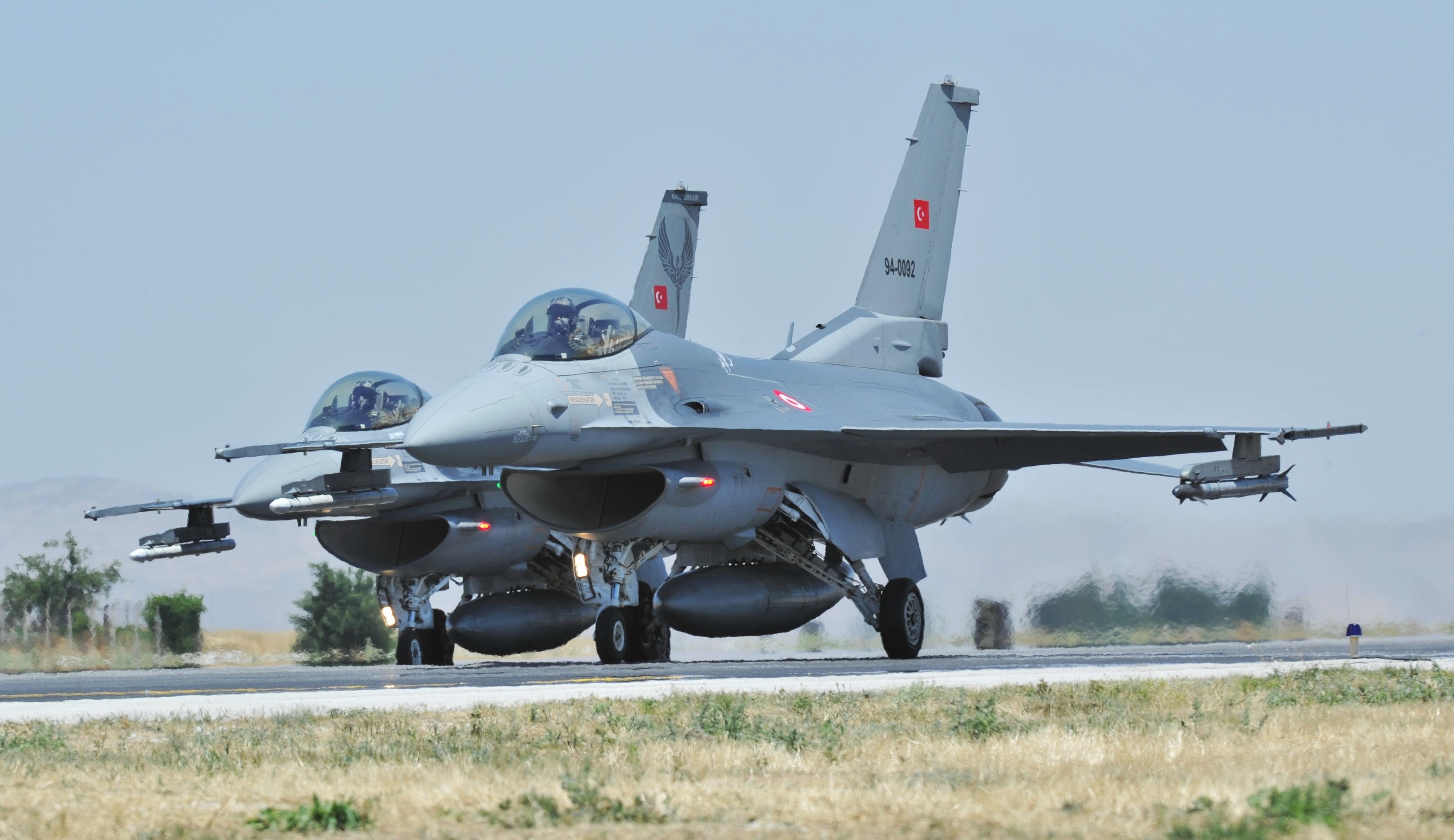
Another batch of 40 Block 50 F-16C/Ds was ordered in the mid-1990s, under Peace Onyx III, and there were primarily intended as attrition replacements. These jets were delivered between 1998 and 1999.
The next significant development in the Turkish F-16 saga was the 2005 decision to upgrade existing jets with the aforementioned CCIP package. Lockheed Martin modified 10 aircraft itself before supplying kits to Turkey. These kits included the mechanically scanned AN/APG-68(V)9 multi-mode radar, a new mission computer, color cockpit displays, enhanced horizontal situation indicator, the Joint Helmet Mounted Cueing System (JHMCS), Link 16 data link capability with the Multifunctional Information Distribution System to increase pilot situational awareness and communication, new air-to-air interrogator, and compatibility with several new targeting systems and weapons, including the AIM-9X air-to-air missile and the Sniper targeting pod.
The latest Turkish F-16 order was Peace Onyx IV, with an FMS deal for 30 Block 50+ F-16C/Ds signed in 2008. These are the most advanced Turkish Vipers to date and were assembled on the reopened TAI production line between 2010 and 2012. These jets are known to be compatible with a number of indigenous weapons, including the 1,300-pound Roketsan Stand-Off Missile (SOM).

Turkish Vipers in action
Turkish F-16s have seen considerable combat action throughout three decades of service, including regular sparring with Greek fighters over the Aegean. You can read more about this longstanding confrontation between two NATO members here.
Turkey’s F-16s saw their first official combat action over the Balkans during NATO’s Operation Deny Flight in 1993 during which the jets were deployed to Italy to enforce a United Nations no-fly zone over Bosnia and Herzegovina. This deployment was expanded in 1999 for Operation Allied Force when NATO forces launched an air war against Serbia to protect the ethnic Albanian population in Kosovo.
Turkish F-16s have seen considerable use flying airstrikes against the Kurdish Workers’ Party militant group, also known by the Kurdish acronym PKK, and have also downed both Russian and Syrian combat aircraft that have strayed into Turkish airspace during the campaign in Syria. A Syrian Mi-17 Hip helicopter was shot down in September 2013, followed by a MiG-23 Flogger fighter jet in March 2014. In November 2015, a Russian Aerospace Forces Su-24M Fencer strike aircraft was shot down. In March last year, F-16s downed another two Syrian Su-24s and a Syrian L-39 combat trainer.

The Viper played a significant role also in the failed coup attempt in Turkey in July 2016. Since personnel from the F-16 base at Ankara-Akinci were accused of conspiring against the regime of President Recep Erdogan, many were reportedly imprisoned, and the airbase’s resident Viper wing — consisting of three squadrons — was closed down. Its aircraft were dispersed to other bases.
More recently, Turkish F-16s seem to have played a role in last year’s war in Nagorno-Karabakh, in which Ankara supported Azerbaijan in its conflict with Armenia. Satellite imagery confirmed at least two F-16s in Azerbaijan on October 3, after fighting broke out in the region. However, both Azerbaijan and Turkey rejected Armenian claims that one of its Su-25 Frogfoot ground-attack aircraft was shot down by a Turkish F-16 on September 29.
All in all, and despite Turkey’s increasing use of drones for combat missions, the F-16 remains a backbone of the country’s defense strategy, equipped for air-to-air, air-to-ground, and reconnaissance missions, the latter with the DB-110 pod. The jets are expected to protect the frontiers to Syria, Iraq, and Iran, as well as deal with the PKK operating inside Turkish territory and outside its borders. On top of this, the jets play a vital role in the Aegean theater, where tensions with Greece have recently been on the rise.
No successor in sight
At one time, the Turkish Air Force expected to receive 100 F-35As as part of a significant modernization effort that would also have included the gradual drawdown of the F-16 fleet. Turkish Aerospace also had a major role in the industrial side of the Joint Strike Fighter program, producing fuselage sections for the jets. These ambitions came crashing to earth after Ankara was thrown out of the Joint Strike Fighter program in July 2019 for refusing to abandon its planned purchase of Russian-made S-400 air defense systems. In these previous War Zone articles, you can read about the U.S. Senate’s efforts to block the transfer of F-35 to Turkey, and how the Pentagon went about “unwinding” Turkey from the program.
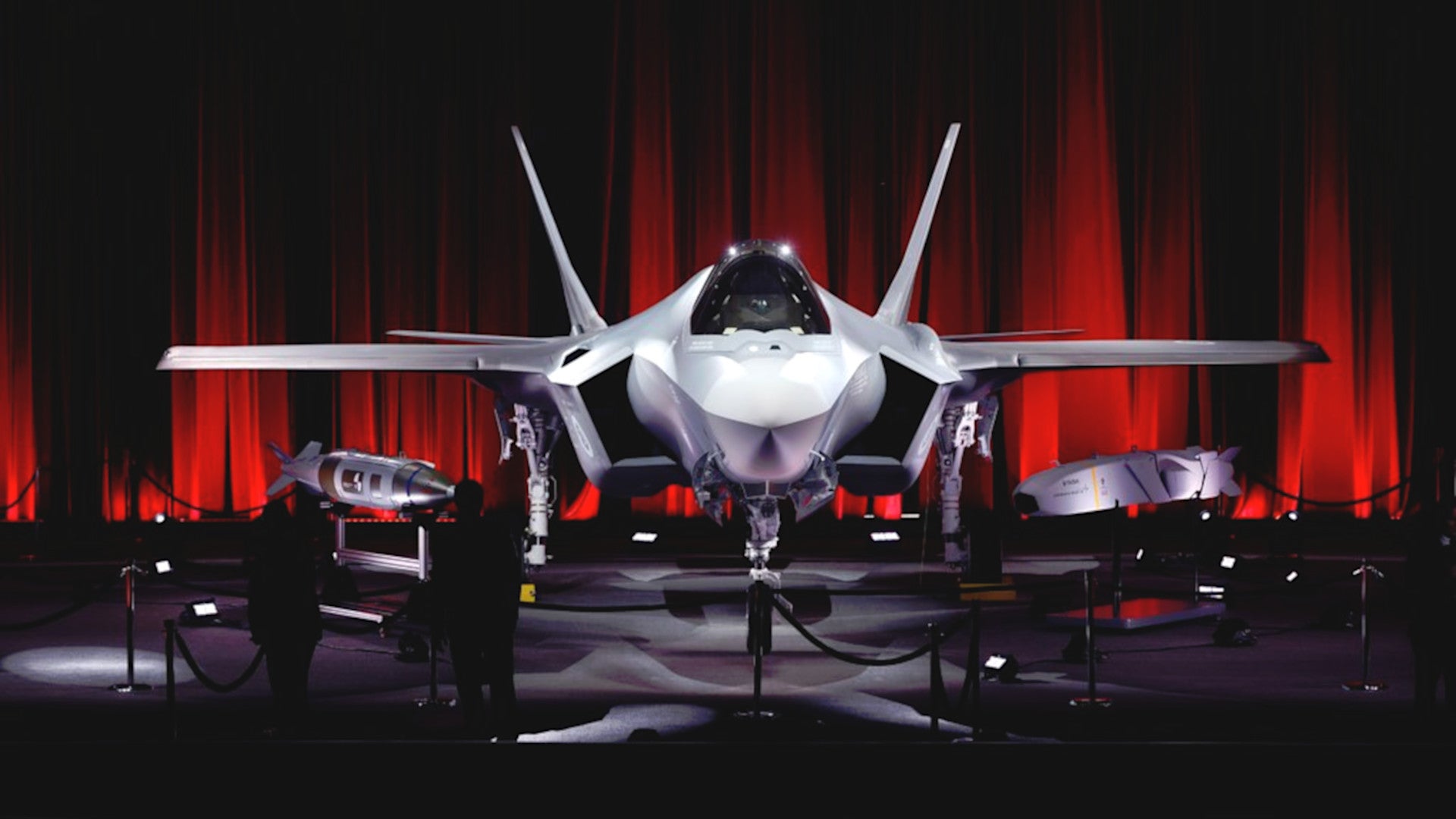
In particular, the United States and other countries involved in the Joint Strike Fighter program were concerned that Turkey’s acquisition of the S-400 could provide the Kremlin with an avenue to acquiring sensitive information about that aircraft and its capabilities. Now that the S-400 has been delivered to Turkey, it’s not the F-35, but the F-16 (and the veteran F-4E Phantom II) that have been tested with the radars associated with the new Russian surface-to-air missile systems. The activation of the air defense systems has, in turn, led to U.S. sanctions placed on Turkey.
As for the F-4E, despite significant indigenous upgrades, the days of the aging fighter jet in Turkish service are surely numbered. Only a single squadron of the Phantoms remains and the aircraft has probably only been spared retirement due to the non-arrival of the F-35.
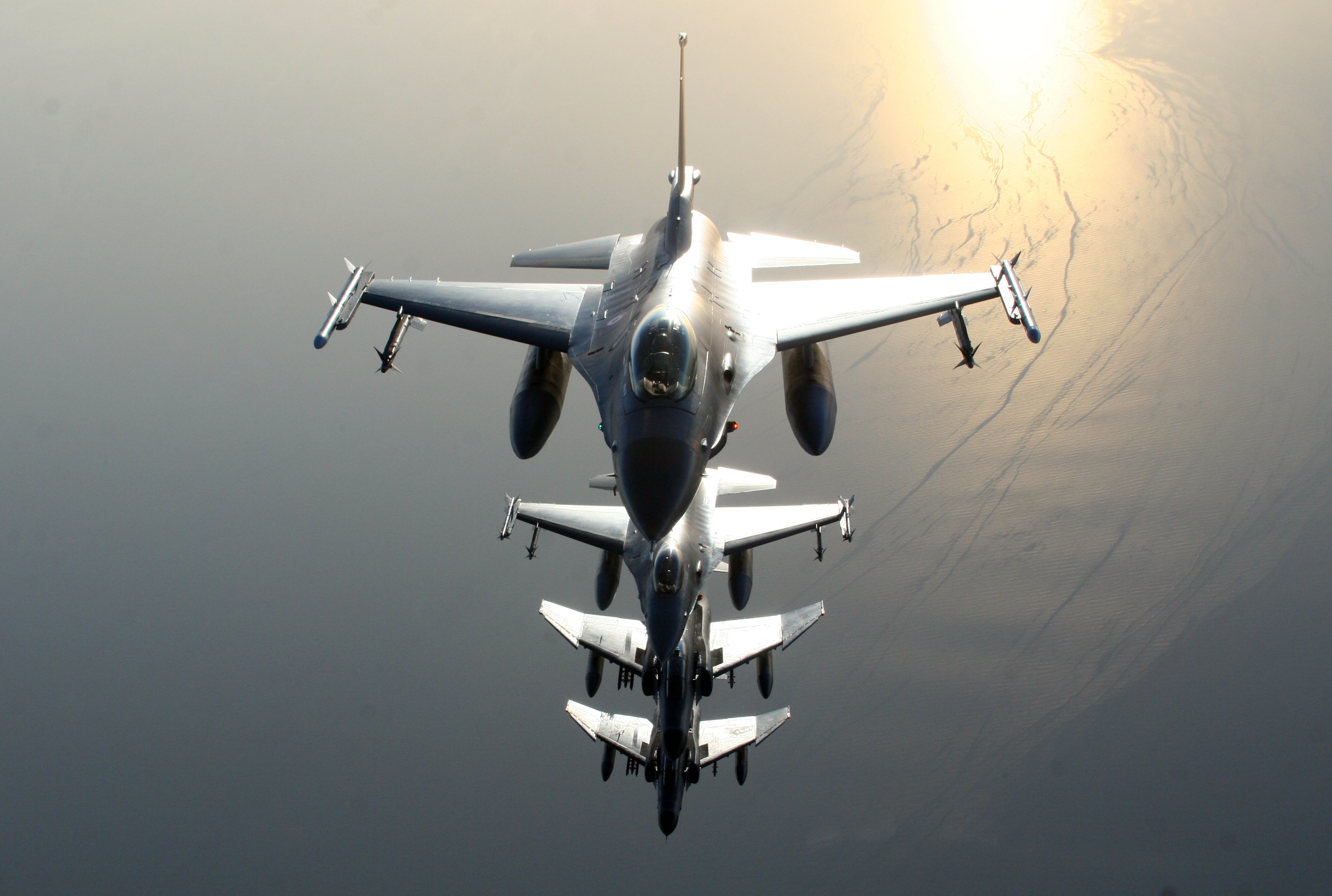
The end to Turkish prospects of receiving the F-35 also led Russia to tout its Su-57 Felon new-generation fighter to Ankara as an alternative. The head of Russia’s state-run industrial conglomerate Rostec stated that it was ready to cooperate with Turkey on the export and production of the Su-57 to fill the hole left by the F-35.
Turkish President Erdogan joined his Russian counterpart Vladimir Putin at the MAKS air show outside of Moscow in August 2019 and looked over the Su-57 and made an offhanded comment about buying the Russian-made jets during the event. So far, however, there has been no sign that Turkey might actually place an order for Su-57s.
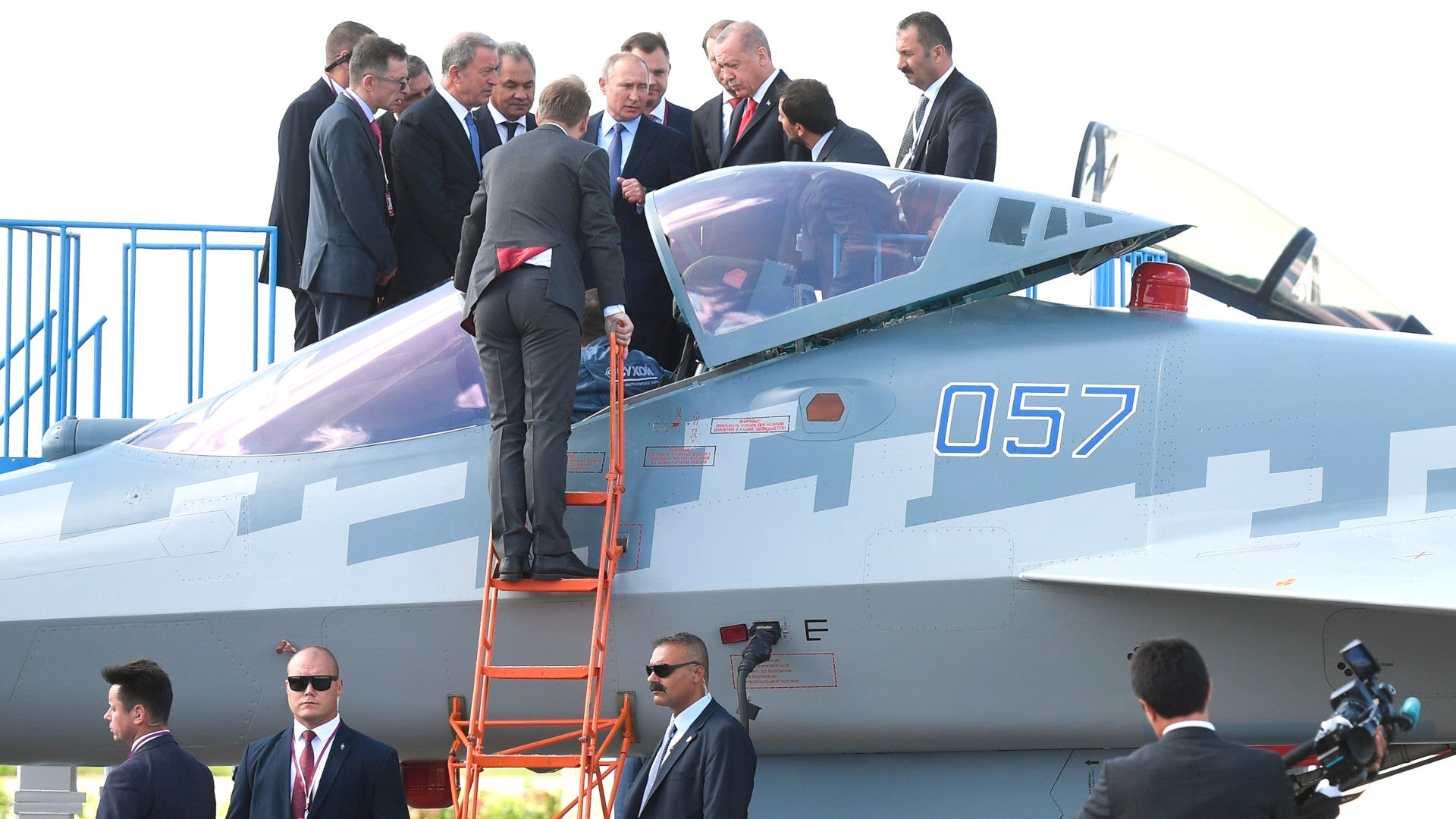
Instead, the focus seems to be placed on Turkish Aerospace’s indigenous TF-X project for a new-generation, a full-size mock-up of which was unveiled at the 2019 Paris Air Show and which you can read about in detail here. At the time of its unveiling, the firm’s President and CEO Temel Kotil said the goal was to have built a prototype by 2023 and achieve the first flight with the aircraft in 2025.
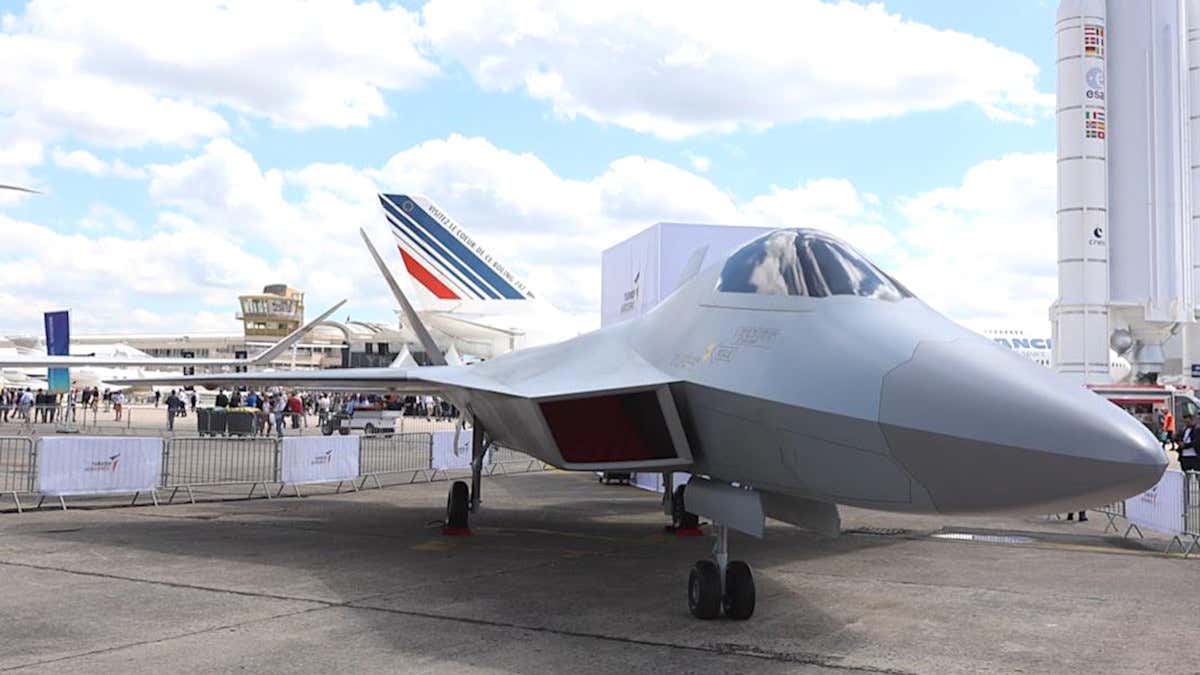
Developing a homegrown stealthy combat aircraft is an ambitious undertaking for any country, but the TF-X faces additional hurdles, too, beyond the enormous costs and complexity associated with the program. First announced in 2010, the-then TAI won the contract to develop the aircraft in 2015. In October 2018, Turkish Aerospace selected the General Electric F110 engine to power the new fighter, this being the same engine that Turkey already assembled under license for the F-16.
The breakdown in U.S.-Turkish relations makes the chances of such technology transfer much less likely. Instead, Ankara might have to look elsewhere to secure engines for the TF-X. Perhaps the most obvious option would be the United Kingdom, although Rolls-Royce has already clashed with the Turkish authorities over the transfer of sensitive technology and intellectual property rights related to the TF-X. However, in December 2019 Turkey reached out to the United Kingdom again, Foreign Minister Mevlüt Çavuşoğlu saying that the government wanted to move forward with its planned cooperation.
Speaking in January last year, Sir Dominick Chilcott, British Ambassador to Turkey, seemed to suggest a British engine option was still on the table: “Our position is quite clear that we very much hope that Turkey will in the future look to its NATO allies, as the British ambassador looks to the U.K., for international defense industry collaborations, not to Russia,” he told members of Diplomatic Correspondent’s Association, as reported by Hürriyet Daily News. “The British government hopes Rolls-Royce will be the company working with Turkish partners to design and manufacture engines on this project,” he added.
A Russian company may also stand an outside chance of supplying engines for the TF-X, although that country’s engine offerings have, at best, a mixed track record.

The S-400 is also not the only issue that Turkey and the US have sparred over in recent years, too. The intervention in Syria in 2019 prompted calls for a full-on arms embargo from very powerful members of Congress. Senator Lindsey Graham, a South Carolina Republican and major political ally of President Donald Trump, called for an arms embargo and a host of other sanctions against Turkey.
Last December, under the Countering America’s Adversaries Through Sanctions Act, or CAATSA, the United States put sanctions on the Turkish Presidency of Defense Industries in response to the country’s purchase of the S-400. As well as targeting important members of the country’s defense establishment, there are also provisions that could threaten Turkey’s ability to secure future defense-related export from the United States.
Exactly how the current limitations on specific U.S. export licenses and authorizations will manifest themselves is not yet clear, but these aspects of the sanctions would appear to threaten the future supply of U.S.-made arms to Turkey, potentially including spares for its F-16s.
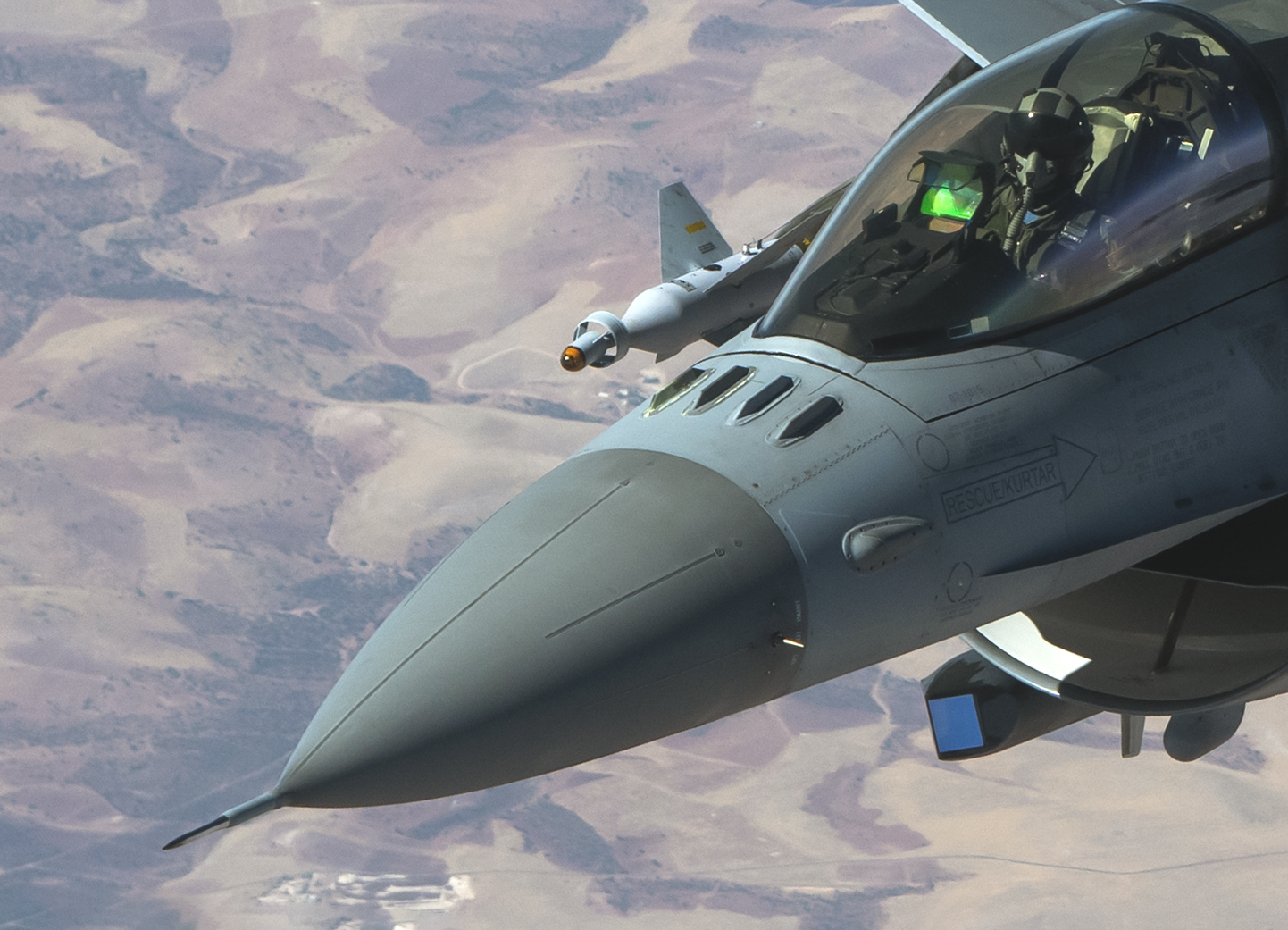
Perhaps anticipating U.S. sanctions, Turkey reportedly began stockpiling spare parts for its F-16s in July 2019. The effort also included acquiring additional spares for other unspecified military systems beyond the Vipers.
The previous month, lawmakers in the House of Representatives agreed to a non-binding resolution outlining a number of potential courses of action, which might impact other weapon system programs beyond the F-35. The F-16 was specifically mentioned, alongside the CH-47F Chinook heavy-lift helicopter, and the UH-60 Black Hawk utility helicopter.
At the time, The War Zone’s Joseph Trevithick noted:
Having parts in reserve would be especially critical for the F-16s, which are the Turkish Air Force’s most numerous and advanced combat aircraft and will continue to be so for years to come, especially in the absence of F-35 deliveries. Without these stockpiles, the Vipers could very quickly end up grounded, leaving Turkey in a particularly vulnerable position.
Turkey could, in theory, continue to pursue its F-16 overhauls and other work without any U.S. approval, but that seems like a much more remote possibility that would only further aggravate tensions between Ankara and Washington. As yet, Turkey does not find itself in the position of Venezuela, which has attempted to keep its F-16s flying without any U.S. support, let alone Iran, which has continued to operate American-made fighter jets for many years despite sanctions.
Things could of course change now that President Joe Biden is in the White House. It remains to be seen how he will approach U.S. relations with Turkey, or how things may or may not change under a Democratic-controlled Congress. At the same time, though, there has previously been considerable bipartisan consensus on penalizing Turkey over various issues, not least the S-400 acquisition.
For now, at least, it is abundantly clear that the F-16 is an irreplaceable part of the Turkish Armed Forces. Efforts are being made to extend its service life and to ensure that there is a reserve of spare parts should the military relationship with the United States deteriorate further. In its favor, Turkey now has plenty of experience assembling, operating, and supporting a large Viper fleet and it should be no surprise if some of these jets are still in service to 2050 or beyond.
Contact the author: thomas@thedrive.com
